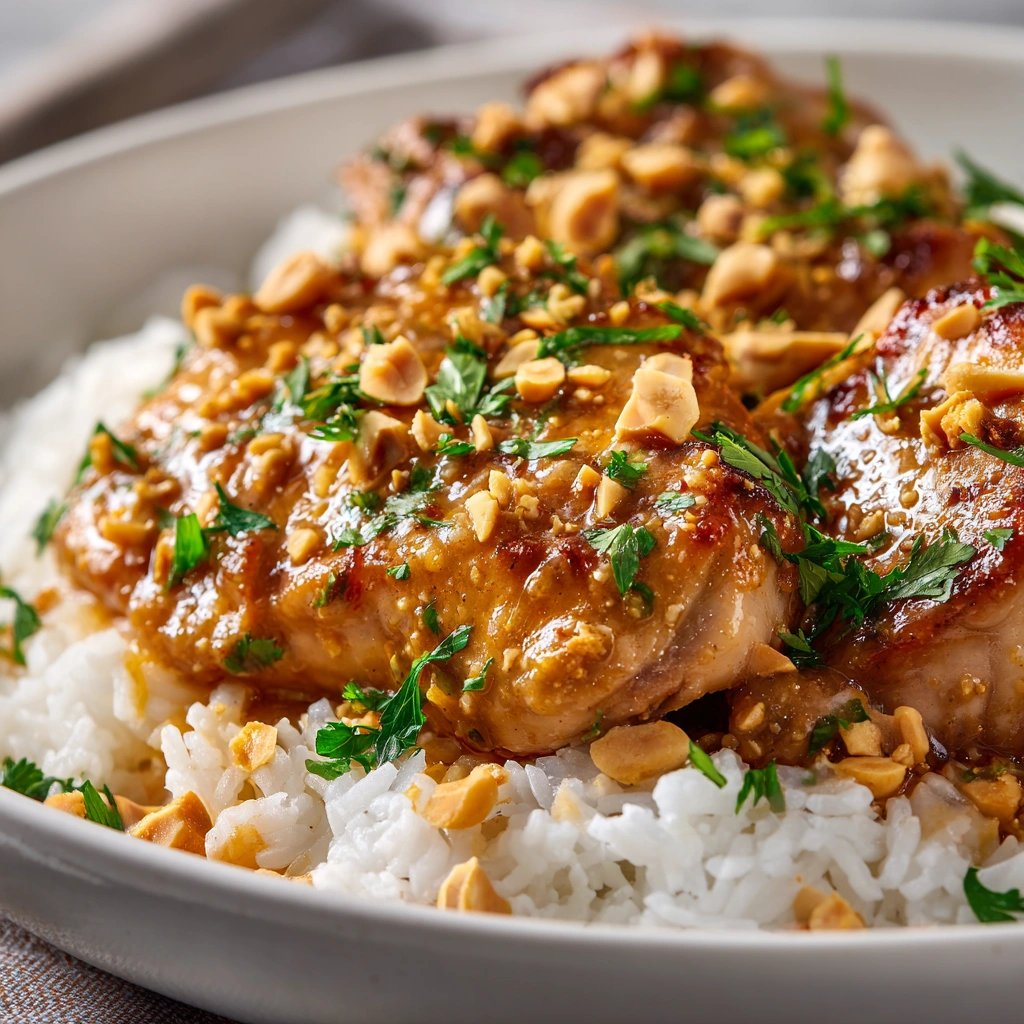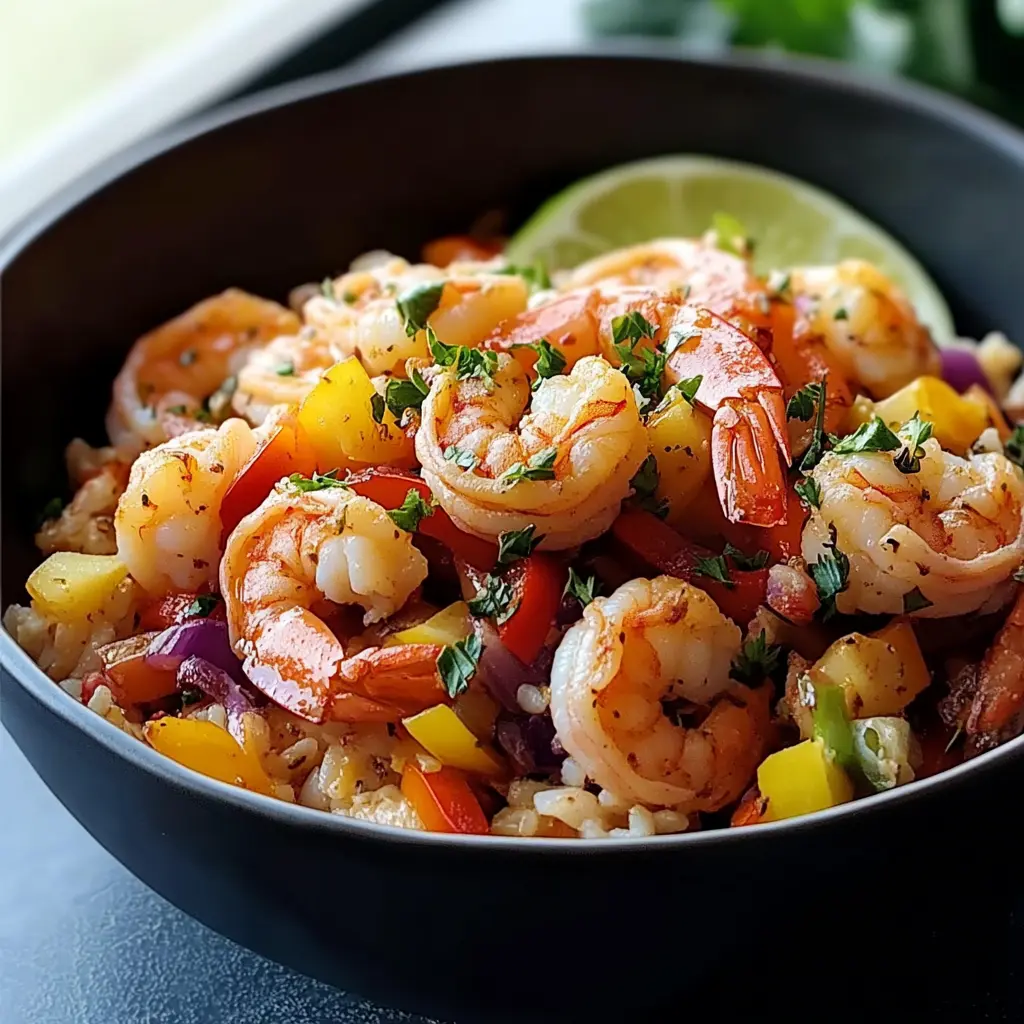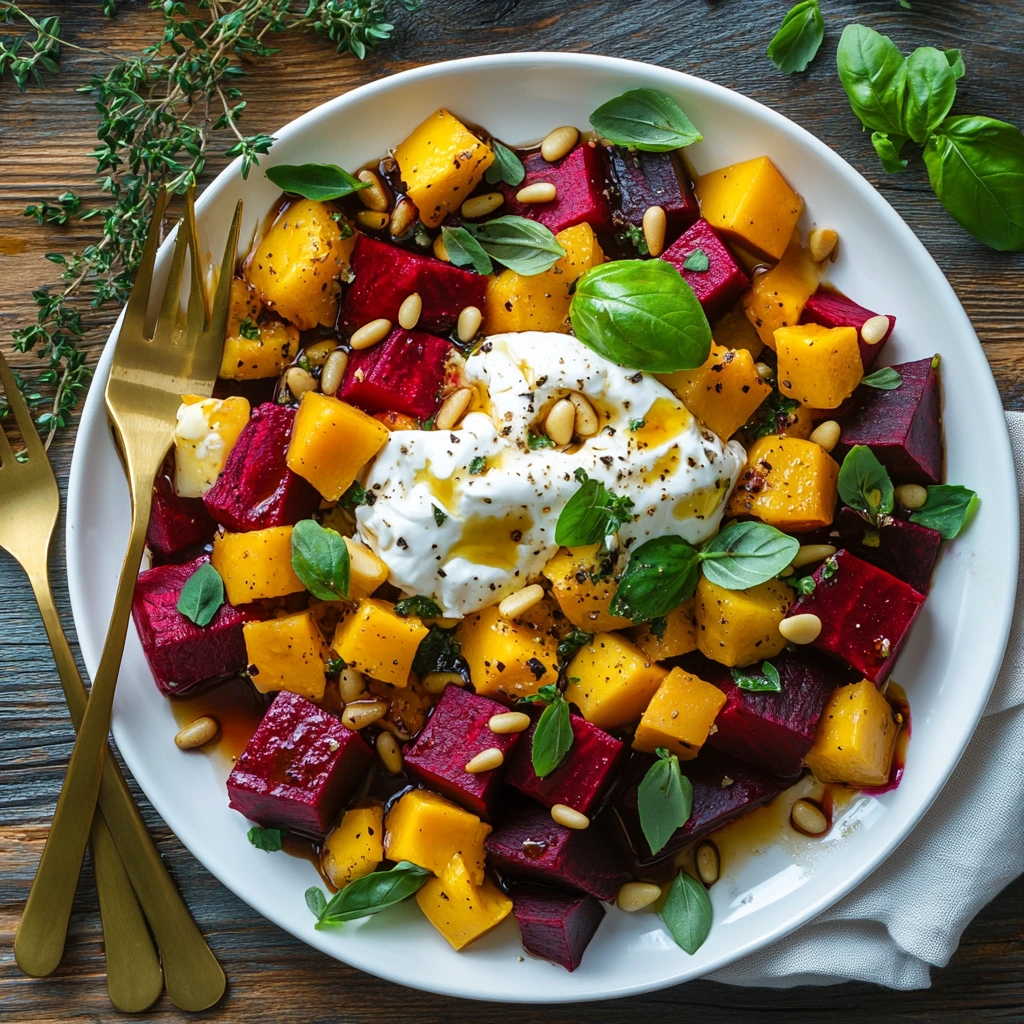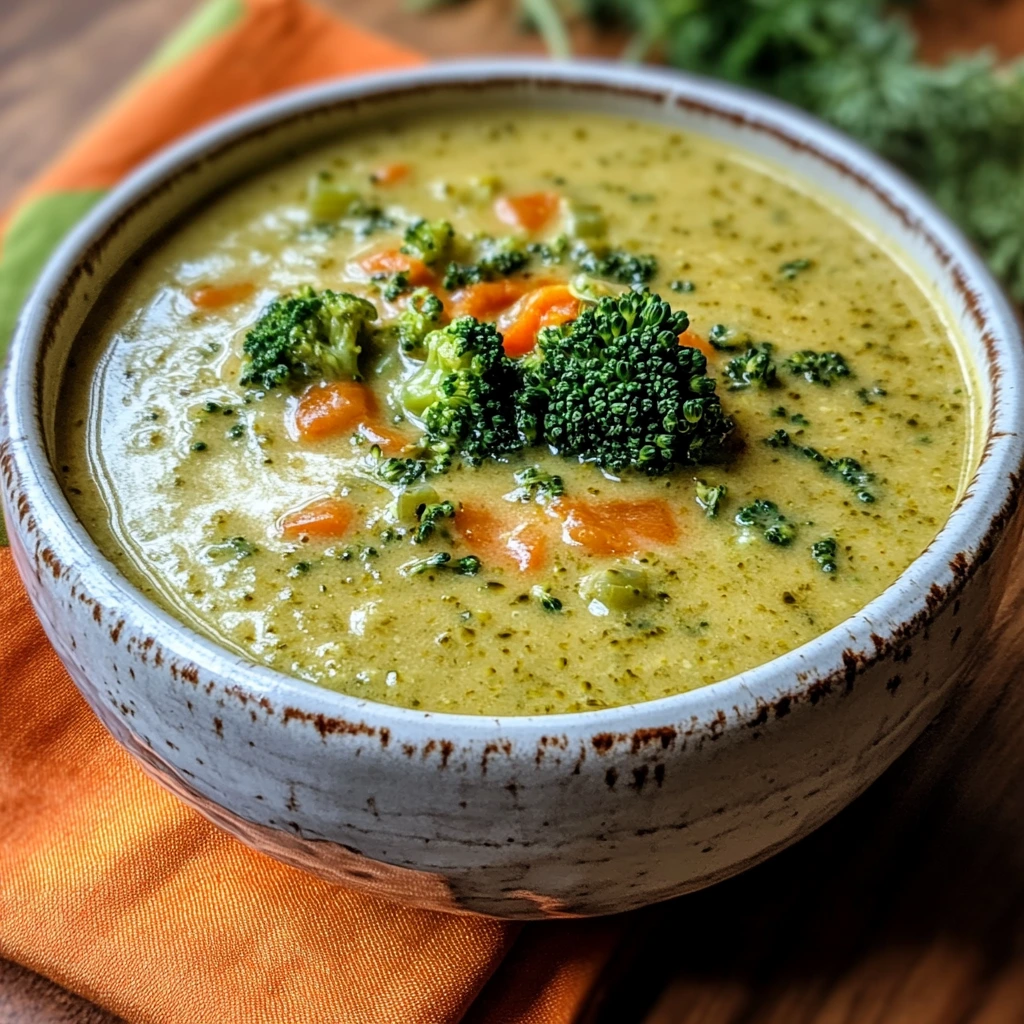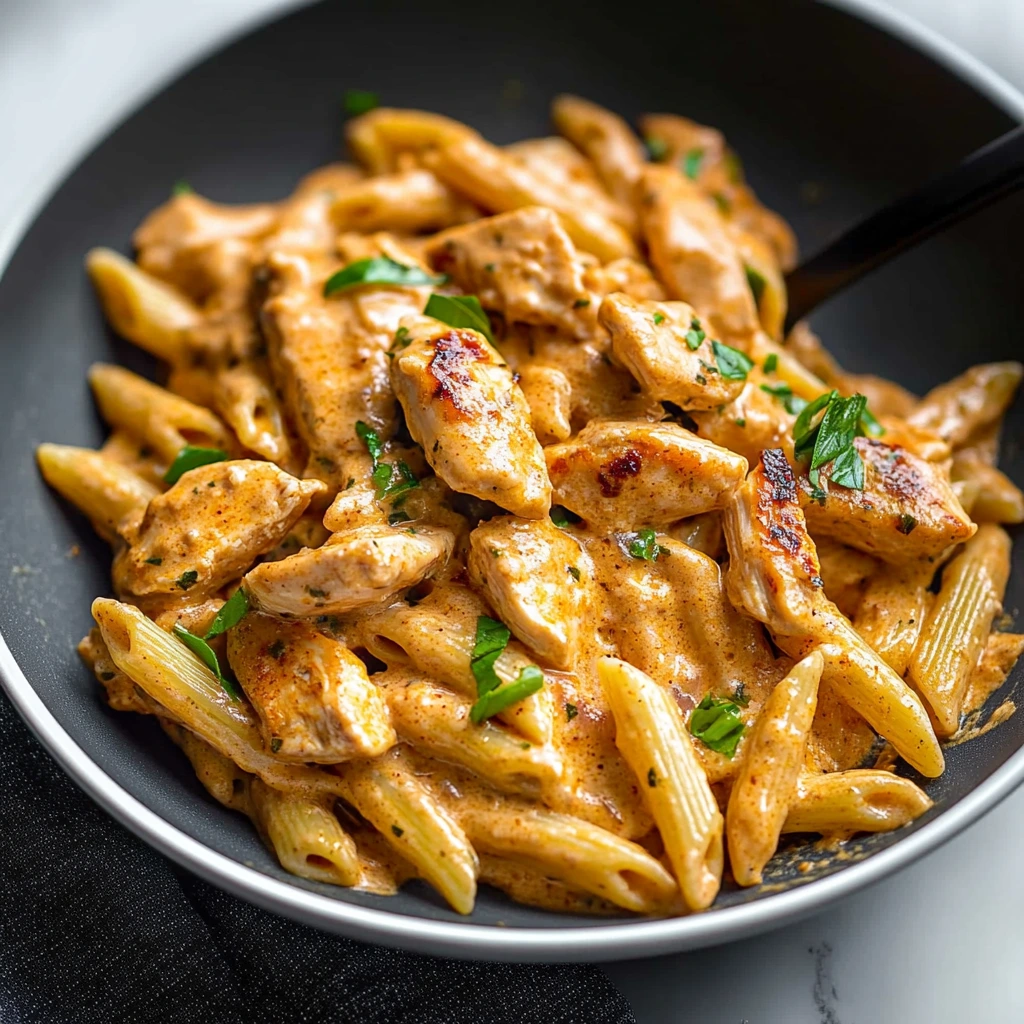Easy Thai Peanut Chicken is a flavorful, satisfying dish that combines tender chicken with a creamy, nutty peanut sauce. Known for its balance of savory, sweet, tangy, and slightly spicy notes, it’s a recipe that works for both busy weeknights and relaxed weekend dinners. The best part? It’s surprisingly simple to make, even if you’re not experienced with cooking Thai-inspired dishes. This version focuses on straightforward ingredients and steps, so you can have a restaurant-worthy meal on the table in under 30 minutes. Whether you serve it with rice, noodles, or fresh vegetables, this dish has a comforting richness that keeps you coming back for more. The peanut sauce is the star, enveloping each piece of chicken in flavor that feels indulgent yet fresh. It’s an easy way to bring a taste of Thailand to your own kitchen without complicated techniques or hard-to-find ingredients.
What is Thai Peanut Chicken?
Thai Peanut Chicken is a dish that typically features chicken cooked in a rich peanut-based sauce infused with Thai flavors such as soy sauce, lime juice, garlic, ginger, and chili. While peanuts are not native to Thailand, peanut sauces have become a beloved part of many Thai-inspired recipes, particularly in Western adaptations. This dish draws inspiration from satay — grilled skewers served with a peanut dipping sauce — but adapts it for a skillet or wok. The result is a creamy, savory, and slightly sweet meal that pairs well with a variety of sides. Authentic Thai cooking emphasizes balance, so the sauce often blends salty soy sauce, sweet sugar or honey, tart lime juice, and spicy chili paste. Thai Peanut Chicken is versatile enough to be served over rice, in wraps, or alongside fresh vegetables, making it a go-to option for home cooks looking for both convenience and flavor.
Key Flavors and Ingredients in Thai Peanut Chicken
The appeal of Thai Peanut Chicken lies in its harmony of flavors and the quality of its ingredients. The star is, of course, peanut butter, which brings creaminess and depth. Soy sauce adds saltiness and umami, while fresh lime juice provides brightness that balances the richness. Garlic and ginger contribute warmth and complexity, creating a base that feels both aromatic and bold. A touch of sweetness, often from honey or brown sugar, rounds out the sauce and enhances the overall balance. Chili paste or fresh chilies add a gentle heat, which can be adjusted to suit different spice preferences. Fresh herbs, such as cilantro or Thai basil, provide a refreshing finish and a burst of color. Some variations include coconut milk for added creaminess and a subtle tropical note. Together, these ingredients create a layered taste experience — sweet, salty, tangy, and spicy — that keeps the dish vibrant and satisfying with every bite.
Choosing the Best Ingredients for Maximum Flavor
Selecting high-quality ingredients can make a huge difference in the final taste of Thai Peanut Chicken. For the chicken, boneless skinless thighs are often preferred for their tenderness and flavor, though chicken breasts work well if you prefer a leaner option. The peanut butter should be smooth and unsweetened for a balanced sauce, but natural peanut butter with no added oils offers the most authentic, earthy taste. Soy sauce should be fresh and flavorful; light soy sauce gives a saltier punch, while dark soy sauce adds color and richness. Sweeteners like honey, palm sugar, or brown sugar complement the peanut flavor without overpowering it. For acidity, fresh lime juice is essential, but rice vinegar can also work in a pinch. Spice levels can be tailored using sriracha, red pepper flakes, or bird’s eye chilies. For a nut-free version, sunflower seed butter or tahini can be substituted without sacrificing the creamy texture.
Quick History of Peanut-Based Dishes in Thai Cuisine
Although peanuts are now a familiar part of many Thai dishes, they were introduced to the region by Portuguese traders in the 16th and 17th centuries. Over time, peanuts found their way into street food, salads, and sauces, particularly in dishes influenced by Chinese and Malaysian cooking. The most famous peanut-based Thai dish is satay with peanut sauce, which originally came from Indonesia but was embraced and adapted by Thai cooks. In Thailand, peanut sauces are often lighter and more aromatic than their Western adaptations, with a balance of coconut milk, spices, and aromatics rather than relying heavily on peanut butter. In Western cooking, Thai Peanut Chicken became popular as a quick, adaptable dish that offers the flavor of satay without the need for skewering or grilling. Today, it’s a staple in Thai-inspired home cooking around the world, appreciated for its comforting creaminess and vibrant seasoning.
Tools and Kitchen Equipment Needed
Making Thai Peanut Chicken doesn’t require specialized tools, but having the right kitchen equipment ensures smooth preparation. A wok is ideal for quick, high-heat cooking, but a large non-stick or stainless-steel skillet works well too. You’ll need a set of measuring cups and spoons to keep flavor ratios accurate, especially for the sauce. A whisk helps blend the peanut butter smoothly with the other liquid ingredients, preventing lumps. Mixing bowls are useful for preparing the sauce separately before adding it to the chicken. A sharp chef’s knife and sturdy cutting board are essential for trimming and cutting the chicken evenly. If you prefer a creamier sauce, a small hand blender can help emulsify the ingredients. Lastly, having a spatula or wooden spoon allows you to stir and scrape the pan effectively, ensuring every bit of sauce coats the chicken evenly for maximum flavor.
Step-by-Step Guide to Making Easy Thai Peanut Chicken
Step 1: Prepare the chicken – Trim any excess fat from the chicken, then cut it into bite-sized pieces for even cooking. Pat dry with paper towels to help the chicken brown better.
Step 2: Make the peanut sauce – In a mixing bowl, whisk together peanut butter, soy sauce, lime juice, sweetener of choice, minced garlic, grated ginger, and chili paste until smooth. Adjust the consistency with a splash of water or coconut milk.
Step 3: Cook the chicken – Heat oil in a wok or large skillet over medium-high heat. Add the chicken and cook until golden brown on the outside and just cooked through, about 5–7 minutes.
Step 4: Combine with sauce – Reduce the heat to medium and pour the prepared peanut sauce over the chicken. Stir well to coat every piece. Let it simmer for 2–3 minutes to thicken slightly and allow the flavors to meld.
Step 5: Taste and adjust – Taste the sauce and adjust seasoning as needed. Add more lime juice for brightness, extra chili paste for spice, or a touch of honey for sweetness.
Step 6: Garnish and serve – Sprinkle with chopped peanuts, fresh cilantro, and a squeeze of lime juice before serving.
Serving Suggestions
Easy Thai Peanut Chicken pairs beautifully with a range of sides. Serve it over steamed jasmine rice for a classic option or brown rice for a nuttier flavor. For a lighter meal, spoon it over cauliflower rice or alongside crisp lettuce leaves for a wrap-style presentation. Rice noodles or soba noodles also make excellent bases, soaking up the flavorful sauce. To round out the meal, add steamed or stir-fried vegetables such as broccoli, bell peppers, or snap peas for color and crunch. You can also serve it as part of a Thai-inspired dinner spread with spring rolls, cucumber salad, or mango sticky rice for dessert.
Variations on the Recipe
For a vegetarian twist, replace the chicken with tofu, tempeh, or chickpeas while keeping the same sauce recipe. A vegan version can be made by using maple syrup instead of honey and ensuring the soy sauce is plant-based. For a spicier kick, double the chili paste or add finely chopped Thai bird’s eye chilies. If you’re following a low-carb or keto diet, substitute the rice or noodles with spiralized zucchini (zoodles) or shirataki noodles. To create a one-pan meal, add sliced vegetables such as carrots, bell peppers, and baby corn directly to the pan when cooking the chicken. You can also experiment with adding coconut milk for a creamier, milder sauce or fish sauce for a deeper umami flavor.
Make-Ahead, Storage, and Reheating Tips
Thai Peanut Chicken is an excellent make-ahead dish since the flavors deepen over time. Store cooled leftovers in an airtight container in the refrigerator for up to 3 days. For longer storage, freeze portions in freezer-safe containers for up to 2 months. To reheat, warm gently over medium-low heat on the stovetop, adding a splash of water or coconut milk to loosen the sauce. Avoid reheating over high heat, as peanut-based sauces can split or become grainy. If reheating from frozen, thaw in the refrigerator overnight before warming.
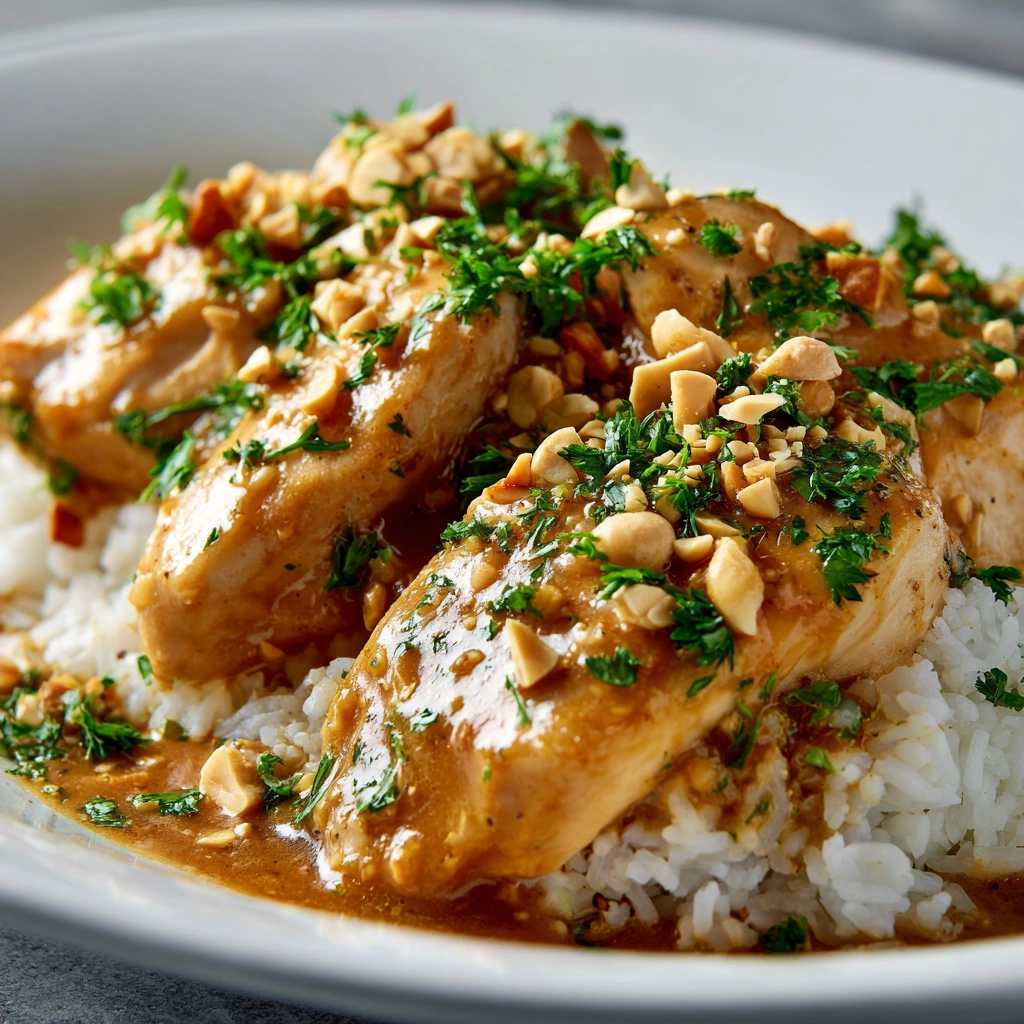
Common Mistakes and How to Avoid Them
Overcooking the chicken can make it dry and tough, so keep a close eye on cooking time. Using sweetened peanut butter can throw off the flavor balance — opt for natural or unsweetened varieties. If the sauce becomes too thick, thin it with water or coconut milk a little at a time. Skipping the acid (lime juice) can make the dish taste heavy, so don’t leave it out.
FAQs Section (from People Also Ask)
Is Thai Peanut Chicken spicy?
It can be mildly spicy, but the heat level depends on the amount of chili paste or fresh chilies used. You can easily make it mild by omitting the spicy ingredients.
What type of peanut butter is best for Thai Peanut Chicken?
Smooth, unsweetened peanut butter is best for a balanced sauce. Natural varieties give a more authentic, earthy flavor.
Can I make Thai Peanut Chicken in a slow cooker or Instant Pot?
Yes. For a slow cooker, add the chicken and sauce ingredients and cook on low for 4–5 hours. For an Instant Pot, cook on high pressure for 7 minutes, then quick release.
Is Thai Peanut Chicken gluten-free?
It can be if you use gluten-free soy sauce or tamari and ensure all other ingredients are certified gluten-free.
What can I serve instead of rice with Thai Peanut Chicken?
Try noodles, cauliflower rice, lettuce wraps, or steamed vegetables as alternatives.
How can I make this recipe nut-free?
Use sunflower seed butter or tahini instead of peanut butter and omit chopped peanuts from the garnish.

Easy Thai Peanut Chicken
Description
This Easy Thai Peanut Chicken is a quick and flavorful dinner that comes together in under 30 minutes. Tender chicken is coated in a creamy, nutty peanut sauce infused with garlic, ginger, soy, and lime, creating a perfect balance of savory, sweet, and tangy flavors. Serve it over rice, noodles, or fresh vegetables for a versatile meal that’s both comforting and vibrant. Ideal for busy weeknights or casual entertaining, this dish delivers restaurant-style taste with minimal effort.
Ingredients
- 1.5 to 2 lbs (700–900g) boneless, skinless chicken thighs or breasts
- 1 cup unsweetened natural peanut butter (creamy)
- ½ cup low-sodium soy sauce
- ¼ cup honey or brown sugar
- 2–3 tbsp rice vinegar or lime juice
- 1 tbsp sesame oil (optional but adds flavor)
- 1 tbsp freshly grated ginger
- 3 garlic cloves, minced
- 1–2 tsp red chili flakes or Sriracha (adjust to heat preference)
- 1 cup canned coconut milk (optional for creaminess)
- ½ cup water or chicken broth (to loosen sauce)
Instructions
- Mix the Sauce – In a bowl, whisk together peanut butter, soy sauce, honey, vinegar or lime juice, sesame oil, garlic, ginger, chili flakes, and water/broth. If using coconut milk, add it in too.
- Add Chicken to Slow Cooker – Place the chicken pieces at the bottom. Pour the sauce over the top. Make sure it coats everything well.
- Cook
- Low: 5–6 hours
- High: 2.5–3.5 hours
- Chicken should be tender and easily shredded with a fork.
- Shred & Stir – Shred the chicken inside the slow cooker with two forks. Stir everything to coat evenly in sauce.
- Garnish & Serve – Top with crushed peanuts, chopped cilantro, green onions, or sesame seeds. Serve hot with your choice of side.
Notes
- Boneless skinless chicken thighs offer the best flavor and tenderness, but chicken breasts work for a leaner option.
- Use natural, unsweetened peanut butter for the most balanced flavor.
- Adjust spice level by adding more or less chili paste or fresh chilies.
- For a nut-free version, replace peanut butter with sunflower seed butter or tahini.
- Pairs well with jasmine rice, rice noodles, or as a lettuce wrap filling.
- Can be made ahead and stored in the fridge for up to 3 days or frozen for up to 2 months.


